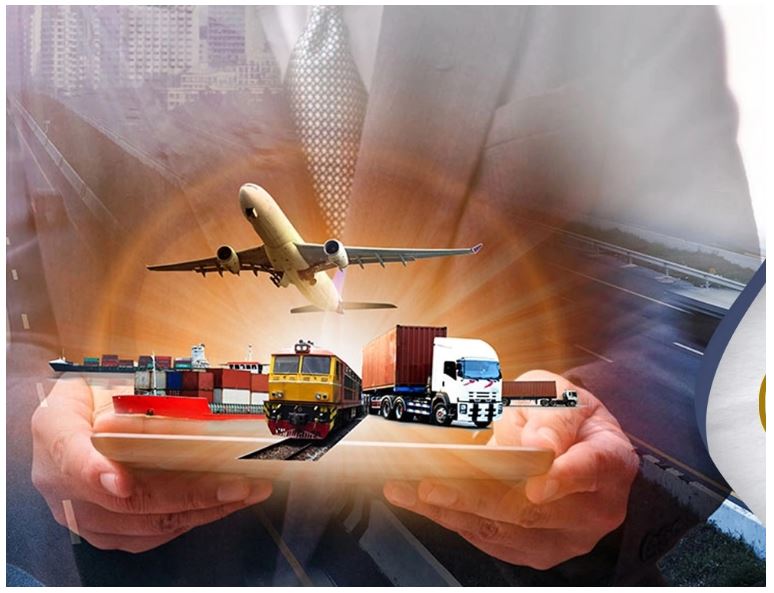Vietnam: E-commerce boom: key for logistics development
With the explosion of online businesses, Vietnam’s logistics and warehousing industry has many opportunities for development.
The Covid 19 pandemic has spurred the growth of the online ecosystem, led by the e-commerce industry. According to statistics, since the Covid outbreak, the demand for shopping through e-commerce platforms has increased sharply.
More than 70% of Vietnam’s population has access to the Internet, of whom nearly 50% of users have shopped online, 53% of them using e-wallets.
According to the e-Conomy SEA 2021 report by Google, Temasek and Bain&Company, in 2021 Vietnam’s Internet economy grew by 31% compared to 2020, reaching a value of $21 billion, of which the online retail sector grew by 53% and reached a scale of $13 billion.
SYNC Southeast Asia has forecast that Vietnam will be the fastest growing e-commerce market in Southeast Asia by 2026, with the total value of e-commerce goods reaching $56 billion, 4.5 times more than times the estimated value in 2021.
To meet the needs of users, delivery speed plays an equally important role as the product quality. Logistics is one of the factors that determine the purchasing behavior of consumers and the sales of e-commerce businesses.
According to Agility’s calculations, Vietnam is one of the top 10 emerging logistics markets in 2021 with the fastest growth among the top 50 countries, reaching an index of 5.67. The compound annual growth rate (CAGR) was 7% from 2021 to 2026.
Mr. Tran Chi Dung, Head of Technology-Innovation Department, Vietnam Association of Logistics Service Enterprises, said that if in the past, online platforms had to “burn money” to attract customers, now the change of purchasing behavior has created great opportunities for e-commerce to develop.
For logistics, previously, owners had to find warehouses and transport service providers, but now in the context of digitization, digital transformation, and the development of e-commerce, logistics has changed to be more dynamic.
Promoting the logistics industry
Besides the potential for development, Vietnam’s logistics industry is witnessing certain challenges. The domestic market has to face stiff competition from foreign companies as these enterprises have lower output but account for 75% of revenue.
Regarding Vietnamese enterprises, most of them are small and medium sized, providing low value-added services. Among 3,000 Vietnamese warehouse and logistics service providers, 90% have registered capital of less than $440,000, 5% with registered capital from $400,000 to $880,000, and the rest have registered capital of over $880,000.
Logistics enterprises for e-commerce are also facing the challenge of the low rate of information technology application in Ecommerce-Logistics. Only about 11% of businesses are applying basic information technology related to tracking and tracing goods, delivery systems, and warehousing.
Most businesses are still maintaining the manual form in sorting, dividing and selecting goods, leading to errors and high costs, especially when e-commerce output is as large as it is today.
Ms. Le Thanh Van, Member of the Finance and Budget Committee of the National Assembly, said that the industrial park model covering several hundred or 1,500 hectares is outdated and needs a new plan to attract investors.
Ms. Le Thi Mai Anh, from the Vietnam Post Corporation, said that there is currently a lack of a legal framework for Ecommerce-Logistics activities. In fact, the legal documents for e-commerce are relatively complete, but Vietnam does not have specific regulations on Ecommerce-Logistics.
According to the Vietnam E-commerce Association (VECOM), in order to improve the efficiency of logistics and delivery services to support the development of e-commerce, delivery businesses need to focus on modernizing their management and equipment, especially application of information technology, and linkages with enterprises in the same field as well as with logistics enterprises.
John Campbell, Manager of Industrial Real Estate Division, Savills Vietnam, said that with the current model, most of the land for lease is for production, limiting investment in logistics centers.
To be able to welcome the new wave of investment into Vietnam, industrial projects must carefully evaluate the overall planning and development options in relation to the actual needs of the market. This includes the creation of mixed-industrial projects by zoning land for logistics, cold storage, data centers and research and development centers.
Many businesses have turned to automation and advanced supply chain technology to ensure operational efficiency and optimize costs in the warehouse. Some of the standout solutions include automated mobile robots (AMRs) and real-time analytics tools.
“To stay competitive in the future, businesses need to pay attention to developing supply chains in a synchronous manner, automating work and deploying technology to make complex decisions,” said Campbell.
“Logistics and delivery services are not only related to the Ministry of Industry and Trade and the Ministry of Information and Communications, but also to a number of other ministries such as the Ministry of Transport (transportation, loading and unloading), the Ministry of Finance (customs, tax) or the Ministry of Natural Resources and Environment (warehouse). Therefore, the coordination between ministries and sectors in promulgating policies and solutions to encourage the development of these two services is of great significance,” said VECOM.
Duy Khanh
Source: https://vietnamnet.vn/en/e-commerce-boom-key-for-logistics-development-2054380.html


 English
English




